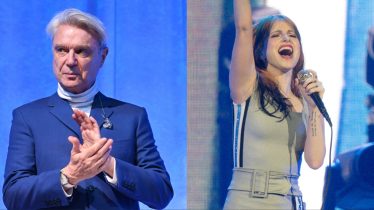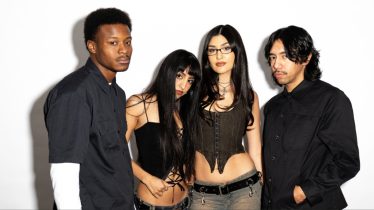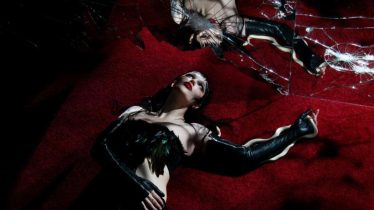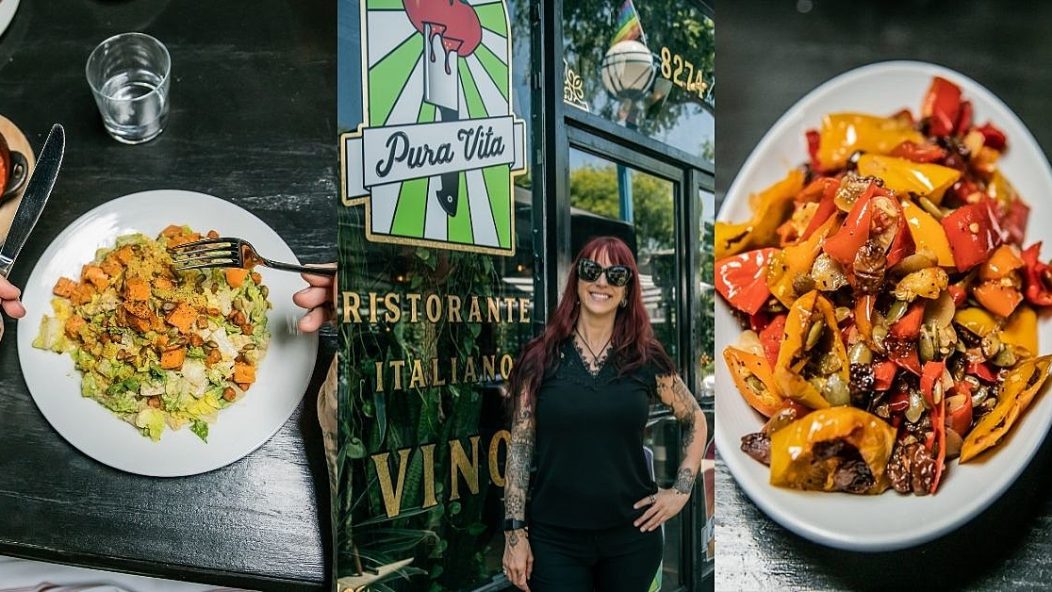
How Tara Punzone created a vegan Italian empire with Pura Vita
Pura Vita is authentic and from-the-heart Italian cooking through and through. Owned and operated by chef Tara Punzone, Pura Vita boasts an eclectic menu of classic Italian staples that contain no animal products whatsoever, but instead are created with the freshest ingredients in elevated fashion. Standout dishes include a pasta carbonara that has instantly become a crowd favorite, homemade meatballs and handcrafted wood-fired pizza.
Read more: How Supersweet created LA’s first tattoo meets coffee shop
Punzone, who has been a vegan since she was 12 years old, has managed to marry her commitment to clean, ethical eating with her appreciation of her Italian heritage and culture. The result is a restaurant concept that now features three locations in Southern California. Punzone is adamant about curating a perfect service that goes beyond just the food, and with that being said, she is involved in every aspect of the operations to ensure that when you come to Pura Vita, it will be an unforgettable experience.
The following interview is from the One Life One Chance podcast hosted by H2O frontman and outspoken champion of veganism Toby Morse.
You went vegan when you were 11 or 12 years old, right?
I turned vegetarian when I was 10, by my choice. It took me a few years to figure out the vegan part, which happened when I was 12 or so. When I was a little, I was that kid that would hold up the meat to the light and say, “Ma, you can see the veins in it. How can you eat that?” I was a huge animal lover and never ate anything on a bone. When you’re a kid, you don’t put together the process of a living, breathing animal that suddenly is on your plate and doesn’t look like how it is, so you dissociate everything you’re eating with reality.
In fifth grade, I had a teacher that showed the class a video of a slaughterhouse, which I think was the coolest thing ever, and she probably would have been fired if it was today, but she changed my life. I went home and sat my parents down and told them I didn’t want to have anything to do with this. My parents were confused, but they wanted to support me regardless. Everything in my family revolved around food. Everyone cooked, and my grandfather owned a sandwich shop in Brooklyn that was so popular that he had to hire security. That’s part of the reason why I wanted to start cooking because I thought he was the coolest guy on Earth.
Did you start cooking at a young age too?
My parents, in order to support me, wanted me to be in the kitchen with them, and that’s where I started learning about food. I would help them with little things, and something happens in a kitchen when cooking alongside people, and there’s this energy that is just the coolest thing.
When did you start working at restaurants?
I didn’t start working in restaurants until a little bit late. I had a career in photography, and I hated it. I wasn’t connected to it at all. I always knew I wanted to open a restaurant, but I had no experience, so I would have to start from the bottom. I graduated from the School of Visual Arts and got my master’s degree to teach and then went to go work in a prep kitchen. [Laughs.]
I started all over again at minimum wage at the bottom. I worked under chef Neal Harden at Pure Food and Wine in New York, and he taught me the management part of working in kitchens so that when he would leave, I would eventually take his place. I finally felt like I found the place where I belong. I very quickly moved up to a line cook and sous chef, and then in a couple of years, I was running the restaurant as the chef.
What year did you move to LA?
I started thinking about moving here in 2010. My landlord at the time was vegan and had this lumberyard and had the idea of us opening up a vegan restaurant in New York. We got the blueprints, drew up a whole plan, worked on a menu and the city approved it but said it would take five years to get the permits because it was built above a subway line. I decided I would maybe go to LA for a while and then come back, but I never ended up coming back. [Laughs.] I ended up working at Real Food Daily, which was a great experience to learn a lot of things.
When did you start opening Pura Vita?
I got really comfortable working at Real Food Daily, but I got comfortable and needed to face a new challenge and finally do the thing that I wanted to do my whole life. We did everything ourselves, me and my partners with our own hands opening the restaurant. We couldn’t afford a marketing company, so we used social media to promote the restaurant.
One thing about the vegan community is that when something is new, we get hyped on it, and it’s a lot of word of mouth, especially when it’s a vegan Italian restaurant. Do you think it’s a supportive community?
It was totally scary on our opening weekend, and we had no idea what to expect. I’m not some famous chef from TV, but I really mean it and live this every day, way before it was trendy. We did a friends and family night on a Thursday and opened to the public on Friday for dinner, and there was a line, two blocks long with a two-hour wait to sit down. I never in my wildest imagination thought this would happen in my life.
I love that there is the old-school Italian Brooklyn thing with your restaurants, and you also don’t fuck with the fake meat thing, right?
I’m not into fake meat. We have meatballs that are made in-house, but they’re made out of lentils and mushrooms. I don’t do the packaged stuff. I want all the ingredients to be clean and actually plant-based.
We’ve talked about why there isn’t a Pura Vita where you grew up in New York, but I get it. You want to be around to see it.
For me, the restaurant is a very personal thing. It’s the food from my culture and upbringing. Part of having a restaurant is not just the food; it’s the experience. It’s about music, people and watching others have an experience with all of the elements, not just the food. If I wasn’t there physically and if opened one in New York, how would I make sure that it represents all of the things that are equally important to the experience?
![[Photo by Naz Massaro]](https://www.altpress.com/files/2022/07/attachment-4A4A7303.jpg?w=630&h=483&zc=1&s=0&a=t&q=89) [Photo by Naz Massaro]
[Photo by Naz Massaro]![[Photo by Naz Massaro]](https://www.altpress.com/files/2022/07/attachment-4A4A7369.jpg?w=630&h=494&zc=1&s=0&a=t&q=89) [Photo by Naz Massaro]
[Photo by Naz Massaro]![[Photo by Naz Massaro]](https://www.altpress.com/files/2022/07/attachment-4A4A7484.jpg?w=630&h=483&zc=1&s=0&a=t&q=89) [Photo by Naz Massaro]
[Photo by Naz Massaro] [Photo by Naz Massaro]
[Photo by Naz Massaro]![[Photo by Naz Massaro]](https://www.altpress.com/files/2022/07/attachment-4A4A7556.jpg?w=630&h=420&zc=1&s=0&a=t&q=89)
[Photo by Naz Massaro]
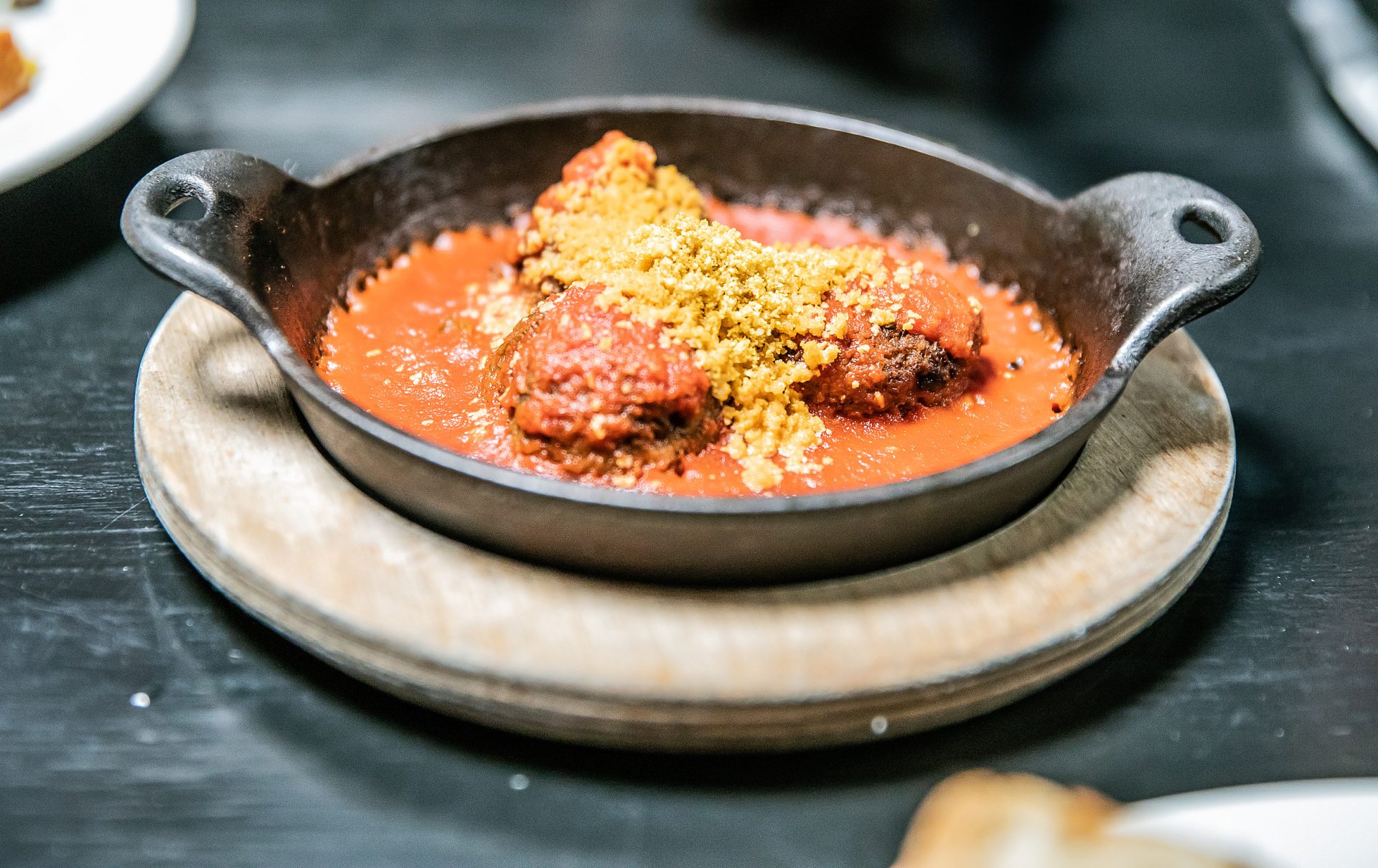
[Photo by Naz Massaro]
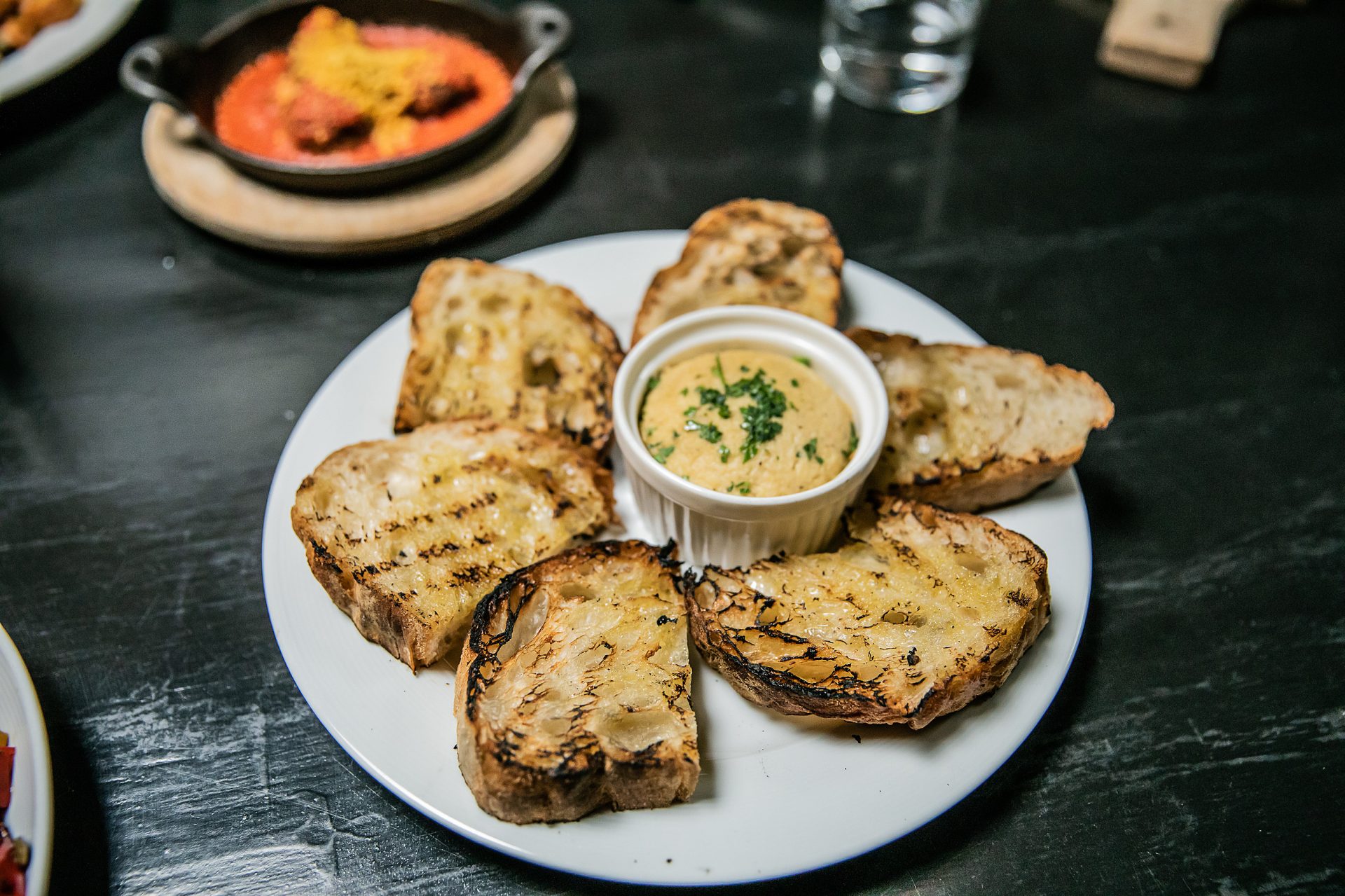
[Photo by Naz Massaro]
![[Photo by Naz Massaro]](https://www.altpress.com/files/2022/07/attachment-4A4A7539.jpg?w=630&h=420&zc=1&s=0&a=t&q=89) [Photo by Naz Massaro]
[Photo by Naz Massaro]
This story appeared in issue #407, available below.
